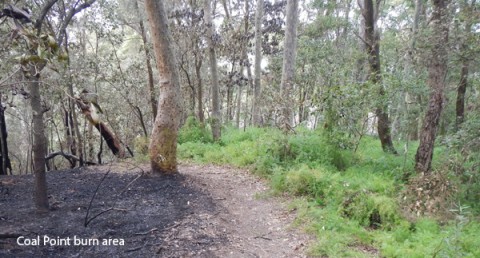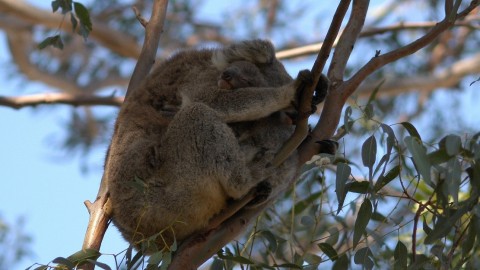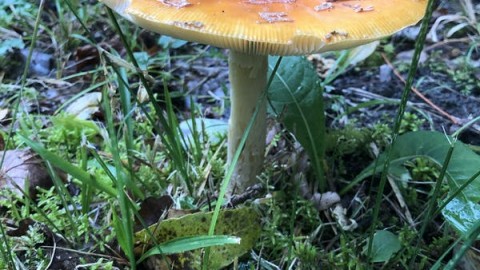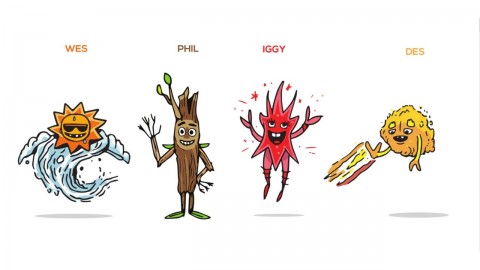Councils link with volunteers to protect wildlife and restore bushland
Lake Macquarie, Campbelltown and Sutherland Shire Councils have been linking with dedicated community volunteers and local fire authorities to support fire management outcomes that combine with weed management, bush regeneration and protection of owls.
Lake Macquarie residents from the Coal Point Progress Association have long been hearing comments such as “This is the worst infestation of asparagus I have known,” as experts provided advice on how to approach significant weed infestations on their local reserve. The site was heavily infested with a range of weeds including Asparagus (Asparagus aethiopicus), Lantana, Privet and Olive. Learning about the use of fire in restoration projects inspired the local Landcare volunteers to consider its use on their site and develop a treatment plan. To support the work need they received an Environmental Trust Grant for weed treatments pre- and post-burn. Lake Macquarie City Council obtained environmental approval to conduct a medium intensity burn which was very successfully implemented by Fire and Rescue NSW in April 2016. The burn provided hazard reduction benefits to nearby residents and reduced the weed mass considerably to provide a better opportunity to control the weeds. The Landcare group continue to work at the site to support the restoration efforts.
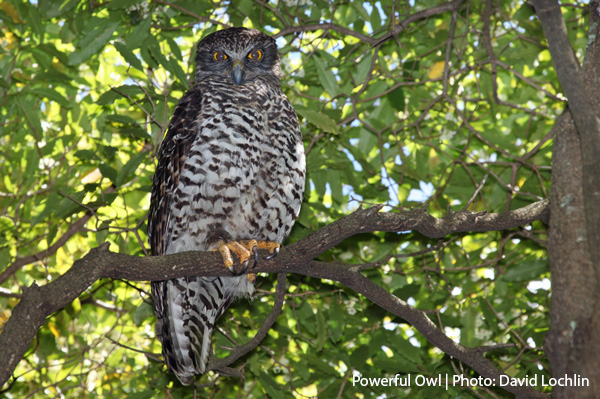
Sutherland Shire Council staff and RFS District Office staff planning hazard reduction burns have been connecting with local volunteers from Birdlife Australia’s Birds in Backyards project who monitor powerful owl habitat. When planning for a burn conducted in July 2016 the environmental assessment noted powerful owls may be roosting and nesting in bushland just outside the burn area. The volunteers monitoring the area hold valuable local knowledge about where many bird species are at different times of year and have strong connections to the planned burn areas. Council and RFS staff met with the volunteers to discuss management of the burn to minimise impact on the owls and as a result delayed the timing of the burn to avoid nesting season. Where strong and respectful connections are made with local volunteer groups outcomes can be positive for community safety and protection of local fauna.
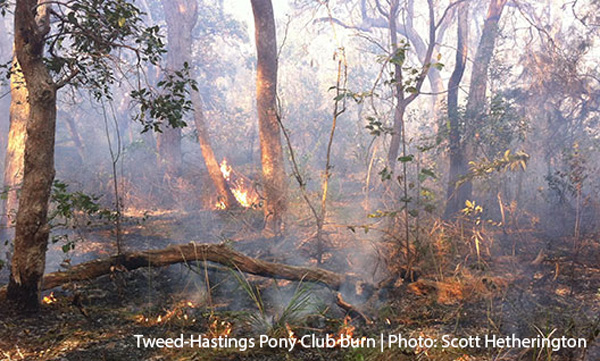
The management of fire is an important element for the recovery of koalas on the Tweed Coast. Tweed Shire Council is working with the NSW Rural Fire Service, National Parks and Wildlife Service, Northern Rivers Fire and Biodiversity Consortium, Friends of the Koala and landholders to implement specific koala fire management plans on bushland reserves throughout the Tweed Coast. They have also developed Hazard Reduction Burn Guidelines for koala habitat in the area. These guidelines aim to assist land managers to undertake hazard reduction burns with minimal impact to koalas and their habitat. Use of these guidelines will ensure the persistence of healthy koala habitat and reduce high intensity wildfires to the benefit of human life, property and koalas.
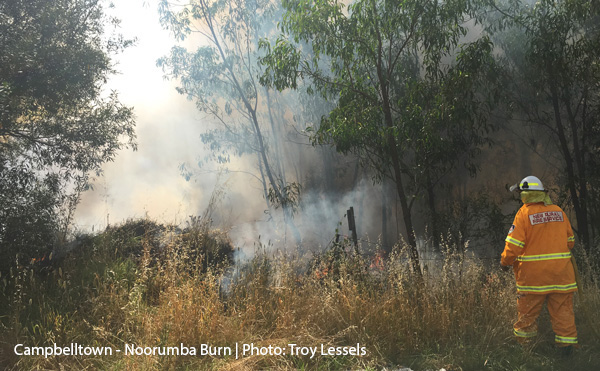
Campbelltown Council environmental staff teamed up with their local Rural Fire Brigade in November 2016 to reduce the fire hazard and support degraded remnants of Cumberland Plain Woodland at Noorumba Reserve. The burn was part of a project that is running across two sites to evaluate the effectiveness of fire in the long term treatment and control of woody weeds such as African Olive (Olea europaea) and disruption of Bell Minor Die Back (BMAD). The treatments also explore the way in which current bush regeneration techniques generally fail to consider the use of fire in site plans. The lack of fire in the area over recent decades may be a contributing factor in the dieback process and implementing a burn is one component of these adaptive management trials aiming to improve the integrity and resilience of Cumberland Plain Woodland remnants. The project works were undertaken by contractors with the assistance of the local community bushcare group and the green army. The trial sites will be monitored to measure changes in the pre- and post-burn vegetation.
These collaborative projects demonstrate the value of strategic thinking, recognising the value of local volunteer environmental groups working together to protect the community and support restoration of reserves and protection of local environmental assets.
We look forward to hearing more about some of these stories at the 2017 Bushfire Conference.

